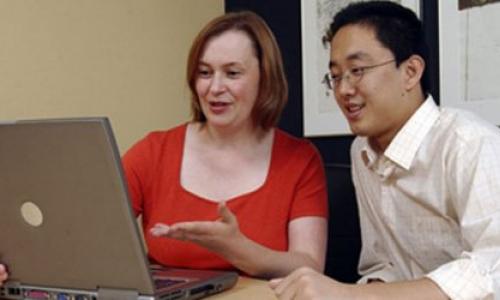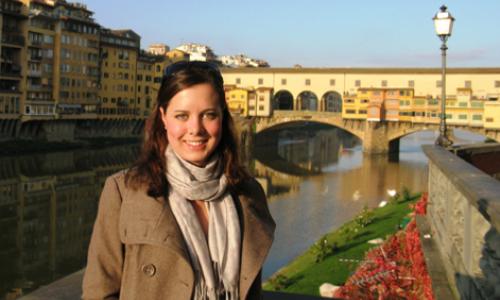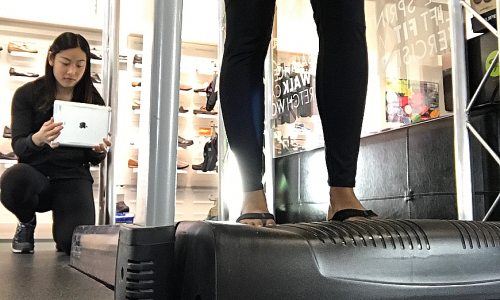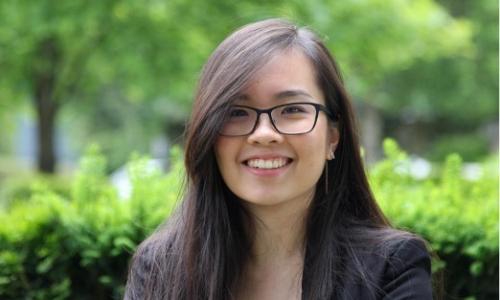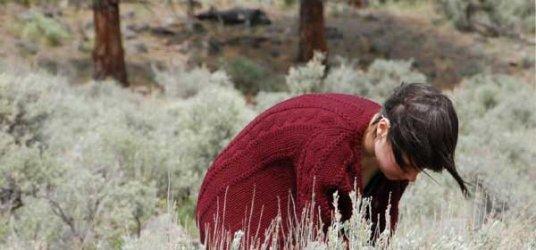
A co-op placement at Vancouver Aboriginal Child and Family Services Society was a unique opportunity to stand at the crossroads of two seemingly contradictory courses of understanding -- that of a professional, stream-lined bureaucracy with all its strict protocol requirements reflected in written policy on one hand, and, on the other, the free-flowing sacredness of culture, immeasurable, and often admittedly ambiguous for one not grounded in the diversity of cultural knowledge. Both worlds come with their benefits, and their challenges. Yet, the question for me, and for those intimately involved in VACFSS’s mission, continues to stand: How can a once inaccessible system change to suit Aboriginal needs, while finding its foundation in culture?
As a child welfare and foster care agency, VACFSS holds the ambitious goal of reforming the historically impervious child welfare system so as to take into account the Aboriginal worldview, finally placing the marginalized voices of the true First peoples of these Coast Salish territories at the forefront of the upbringing of their children. VACFSS holds an unfailing understanding of the need to heal parents and their children from the long-standing trauma of having children forcibly taken by residential schools and then by mass child protection and apprehension “scoops” in the 60s.
This transformative goal is coupled with a necessarily formal process, adhering to high standards of confidentiality and clinical aide. There is no way around this -- being in the so-called business of reconstructing families and protecting children requires strict regulations along with the warmth of a helping hand.
A co-op placement at VACFSS allowed me to learn about my role as a non-Aboriginal ally and about the progress being made within the world of child welfare, family preservation, and social work. Needless to say, this was an incredibly rewarding experience --- but, with some humour, I reflect on the fact that my true role there was to work in Communications! I was enlivened in the multifaceted aspect of all of VACFSS’s work. Communications allowed for yet another dimension of learning, as I practiced graphic design skills and public relations strategies.
I was taken on for an eight-month term with VACFSS as their Communications and Public Relations Assistant. My position encompassed a wide array of responsibilities including producing press releases and agency-wide call-outs, updating the intranet, conceptualizing and designing communications pieces (brochures, posters, invite cards, newsletters), and helping to coordinate and attend events as a representative for VACFSS.
How did I balance the need for structure and culture in my role?
As someone who was used to loudly expressing her political views and brandishing banners at events or else fitting into the leadership of my organizing efforts, I had the humbling opportunity of taking a backseat as a temporary student employee at VACFSS. As a non-Aboriginal person, I entered an arena where I was asked to acknowledge my privilege, and to realize how little mainstream society understands about Aboriginal diversity and politics. As a communicator, I have taken with me the immense value in knowing when not to speak.
I have been exposed to the more tentative, considerate nature of a communications strategy that is not the typical brash slogan-shouting approach of mainstream organizations looking to expand. Along with submitting my design or writing drafts for approval by each stage of management, I also factored in the advice of knowledge keepers. I operated with acknowledgment of the traditional territories upon which I worked, always being reminded to include references to the West Coast culture when witnessing my supervisor’s invitation of performers and notable teachers from this region to VACFSS events. I came to understand the relational aspect of forming appropriately slow but resilient bonds, and the protocol around always giving a tobacco offering to an Elder for their respected time and shared knowledge.
Cultural propriety was soon elucidated for me by the multiple cultural immersion opportunities coordinated by the HR Department. From attending a Cultural Camp that included a sweat lodge ceremony to picking sage on traditional territories around Nicola Lake, I came to see the useful balance of the Medicine Wheel and the importance of traditional medicines. I was thoroughly impressed by programs such as Culturally Relevant Urban Wellness, strength-based programming for at-risk youth grounded in both evidence-based research and the wisdom and lived experience of Aboriginal elders and knowledge keepers. VACFSS is full of wonderful individuals, who are eager to share their culture – for this, I am extremely grateful.
Working for a provincially funded organization added another layer to learning how to communicate widely, but tactfully. For example, VACFSS is not allowed to photograph the faces of children in care through any of the agency’s programs in order to maintain their confidentiality and protect their safety. I learned from my supervisor to use photos of hands holding objects to suggest the activity that they were taking part in, and was taught to take shots from behind and from a distance, so as to capture the backs of the children and preserve their anonymity. I experienced some frustration with having to repeatedly rely on purchased stock images, but learned to appreciate clean, polished, and consistent design.
I feel proud to have contributed to the streamlined branding and published materials of the largest urban Aboriginal child welfare agency in all of Canada, an agency whose literature is examined and cited by many cultural, child welfare, and Aboriginal bodies.
But, even more personally, I feel deeply honoured to have been included within VACFSS’s vision of realizing a “balanced and harmonious Aboriginal community.” As a non-Aboriginal student, I feel that my time at VACFSS has surpassed the typical employment stint – it has grounded and humbled me within a plethora of incredible teachings and cultural keepsakes. It has allowed me to practice my role as an ally within a community steeped with rich tradition and incredible resilience.









